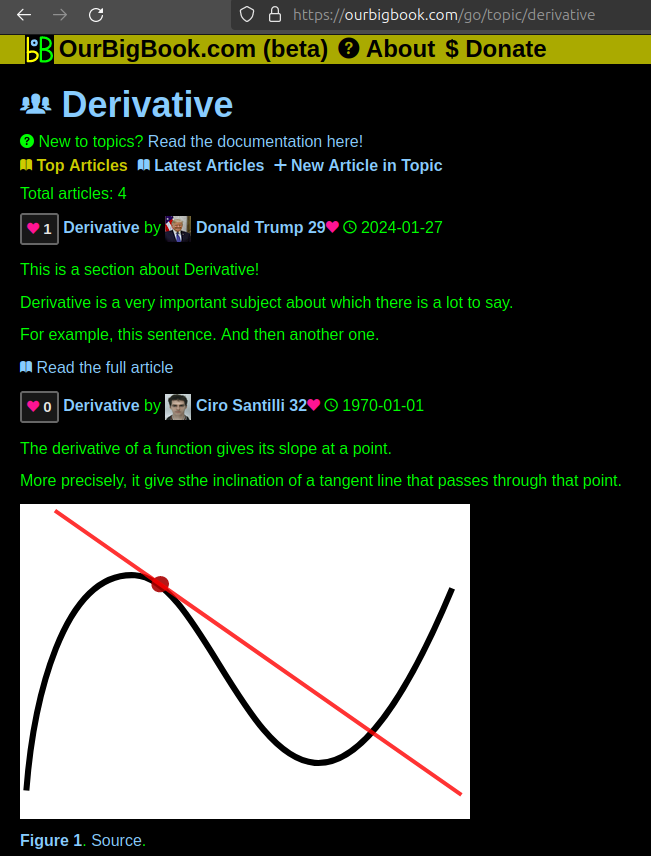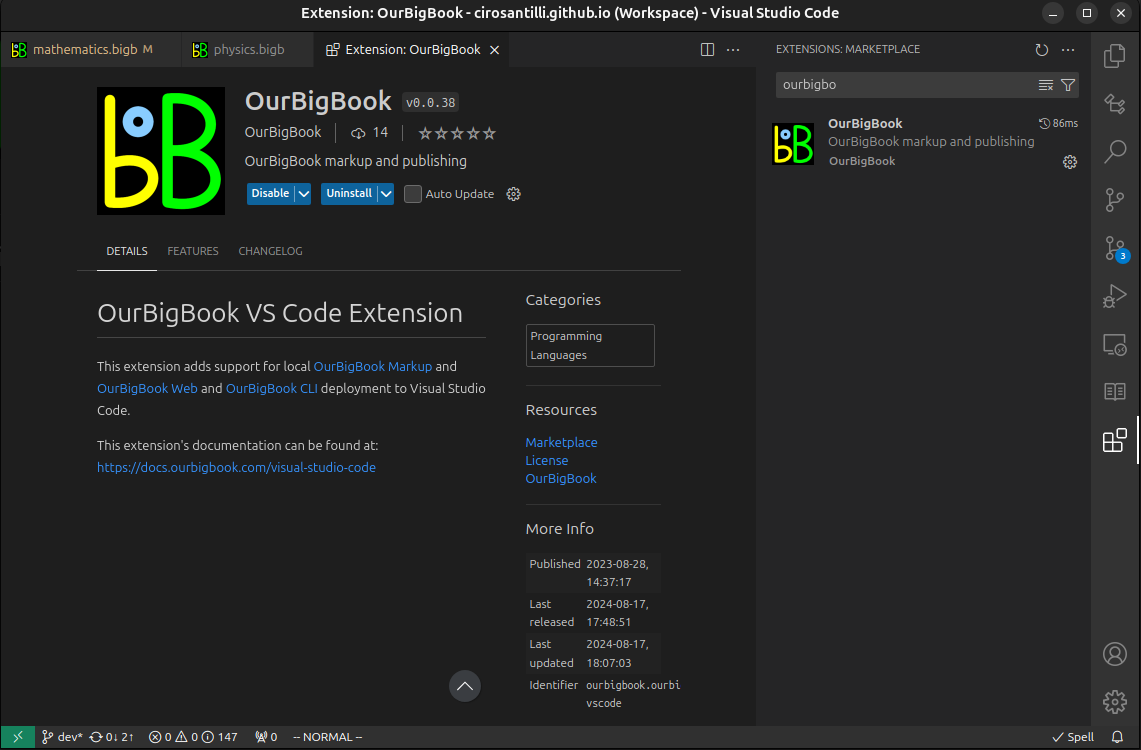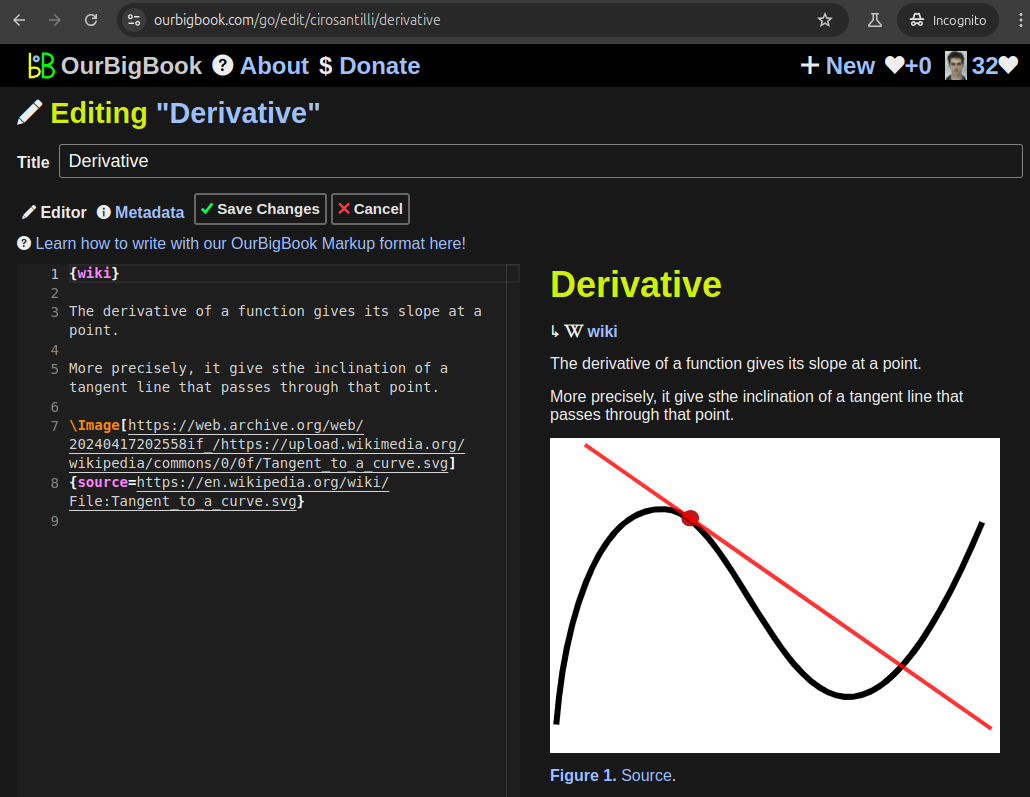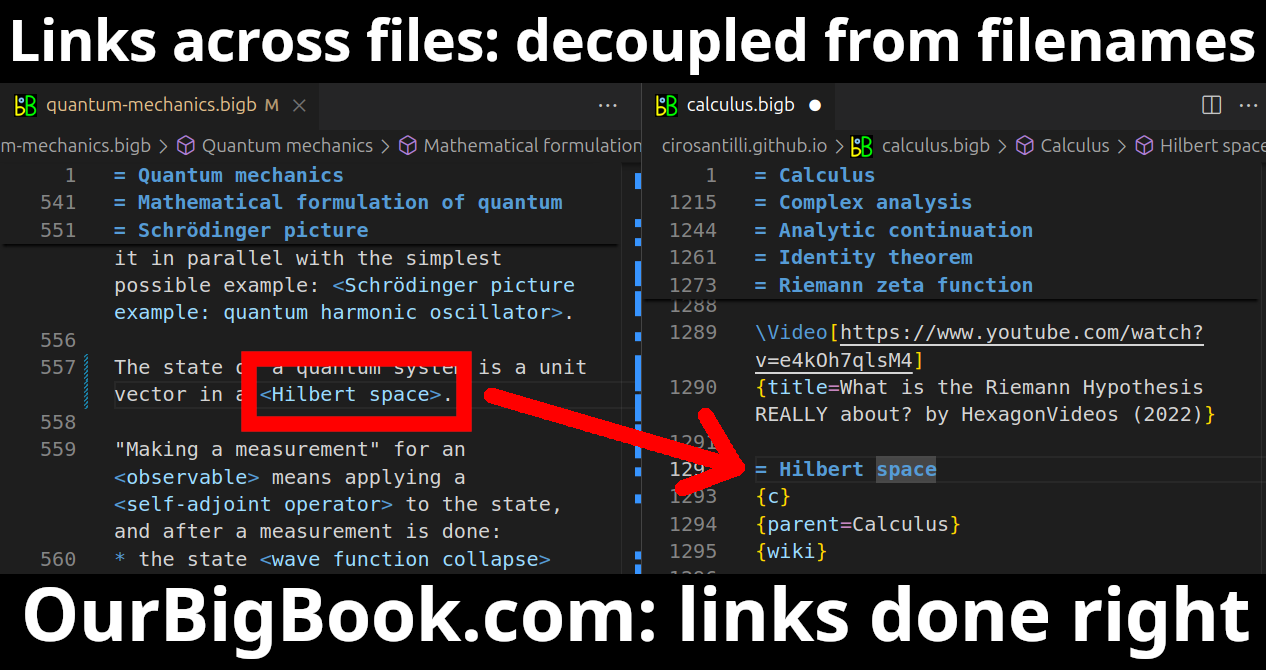"Legato" can refer to a couple of different concepts, depending on the context: 1. **In Music**: Legato is a musical term indicating that notes should be played or sung smoothly and connectedly, without any perceptible interruption between them. This contrasts with staccato, where notes are played in a detached or separated manner. When musicians see the term "legato" in sheet music, they typically interpret it to mean that they should use techniques that maintain a flowing sound.
The Trichotomy Theorem is a concept typically associated with order relations in mathematics, particularly in the context of ordered sets or fields. It states that for any two elements \( a \) and \( b \) within a given ordered set, one and only one of the following is true: 1. \( a < b \) (meaning \( a \) is less than \( b \)) 2.
Loop algebra is a mathematical structure related to the study of loops, which are algebraic systems that generalize groups. A loop is a set equipped with a binary operation that is closed, has an identity element, and every element has a unique inverse, but it does not necessarily need to be associative.
The term "dimension" can have different meanings depending on the context in which it is used. Here are some of the most common interpretations: 1. **Mathematics and Physics**: In mathematical terms, a dimension refers to a measurable extent of some kind, such as length, width, and height in three-dimensional space. In mathematics, dimensions can extend beyond these physical interpretations to include abstract spaces, such as a four-dimensional space in physics that includes time as the fourth dimension.
A **multilinear form** is a mathematical function that generalizes the concept of linear functions to several variables. Specifically, a multilinear form is a function that takes multiple vector inputs and is linear in each of those inputs.
A Malcev algebra is a type of algebraic structure that arises in the context of the theory of groups and Lie algebras. More specifically, it is associated with the study of the lower central series of groups and the representation of groups as Lie algebras. In particular, a Malcev algebra can be viewed as a certain kind of algebra that is defined over a ring, typically involving the commutator bracket operation, which reflects the structure of the underlying group.
In mathematics and physics, a **scalar** is a quantity that is fully described by a single numerical value (magnitude) and does not have any direction. Scalars can be contrasted with vectors, which have both magnitude and direction. Some common examples of scalars include: - Temperature (e.g., 30 degrees Celsius) - Mass (e.g., 5 kilograms) - Time (e.g., 10 seconds) - Distance (e.g., 100 meters) - Speed (e.
The \( A_\infty \)-operad is a mathematical structure that arises in the context of homological algebra and algebraic topology, particularly in the study of deformation theory and homotopy theory. It provides a way to generalize the notion of associative algebras to the setting of higher homotopy. ### Key Concepts 1.
Kayles is a mathematical game of strategy that typically involves two players taking turns. The game is played with a row of wooden or virtual "pins." On each turn, a player can knock down either one pin or two adjacent pins. The objective is to be the player who knocks down the last pin, thus winning the game. Kayles is a type of combinatorial game, meaning that it has a well-defined structure and can be analyzed using mathematical techniques from game theory.
The 2005 German federal election took place on September 18, 2005. It was held to elect members of the Bundestag, Germany's federal parliament. The election was significant for several reasons: 1. **Political Context**: The election occurred against the backdrop of various social and economic issues, including reform of the welfare state and labor market issues, which were prominent in the preceding government's agenda.
The 2069 Alpha Centauri mission refers to a hypothetical future space exploration project aimed at sending a spacecraft to the Alpha Centauri star system, which is the closest known star system to Earth, located about 4.37 light-years away. The timeline suggests that this mission would take place around the year 2069, marking the 50th anniversary of various initiatives to explore nearby star systems.
Belarus has a rich mathematical heritage, and several notable mathematicians made significant contributions during the 20th century. Here are a few prominent figures: 1. **Pavlo S. V. Nikol'skii (1918–2006)** - An influential mathematician known for his work in functional analysis, approximation theory, and the theory of functions. His research contributed to various fields within mathematical analysis. 2. **Vladimir I.
Vladimir Nakoryakov is a prominent Russian mathematician known for his contributions to various fields of mathematics, including geometry, topology, and the theory of functions. However, it is possible that you may be referring to another context or aspect of his work.
The term "3-fold" generally refers to something that is multiplied by three or has three parts or aspects. It can be used in various contexts: 1. **Mathematical**: In a mathematical sense, if something is increased or multiplied by three, it is referred to as being 3-fold. For example, if you have an amount of 10 and it becomes 30, you could say it has increased 3-fold.
3 ft gauge rail modeling refers to the practice of constructing and operating model railroads that are built to a scale representing railways that utilize a 3-foot gauge track. In model railroading, "gauge" refers to the distance between the rails, and a 3-foot gauge, or "narrow gauge," is narrower than the standard 4 ft 8.5 in (1435 mm) gauge commonly used by most railways in the world.
The term "600 nm process" refers to a semiconductor manufacturing technology that uses a lithographic feature size of 600 nanometers (nm) for the fabrication of integrated circuits (ICs). This process node is part of the ongoing trend in the semiconductor industry, where smaller feature sizes typically result in more transistors being packed onto a chip, which can lead to improved performance, reduced power consumption, and decreased costs per transistor.
Bimal Krishna Matilal (1935-2010) was a prominent Indian philosopher, known for his contributions to the fields of Indian philosophy, logic, and the philosophy of language. He made significant strides in interpreting and analyzing classical Indian texts and philosophies, particularly those related to Buddhism and Advaita Vedanta. Matilal was instrumental in bridging the gap between Indian and Western philosophy and emphasized the importance of understanding Indian philosophical traditions in their own contexts.
Pinned article: Introduction to the OurBigBook Project
Welcome to the OurBigBook Project! Our goal is to create the perfect publishing platform for STEM subjects, and get university-level students to write the best free STEM tutorials ever.
Everyone is welcome to create an account and play with the site: ourbigbook.com/go/register. We belive that students themselves can write amazing tutorials, but teachers are welcome too. You can write about anything you want, it doesn't have to be STEM or even educational. Silly test content is very welcome and you won't be penalized in any way. Just keep it legal!
Intro to OurBigBook
. Source. We have two killer features:
- topics: topics group articles by different users with the same title, e.g. here is the topic for the "Fundamental Theorem of Calculus" ourbigbook.com/go/topic/fundamental-theorem-of-calculusArticles of different users are sorted by upvote within each article page. This feature is a bit like:
- a Wikipedia where each user can have their own version of each article
- a Q&A website like Stack Overflow, where multiple people can give their views on a given topic, and the best ones are sorted by upvote. Except you don't need to wait for someone to ask first, and any topic goes, no matter how narrow or broad
This feature makes it possible for readers to find better explanations of any topic created by other writers. And it allows writers to create an explanation in a place that readers might actually find it.Figure 1. Screenshot of the "Derivative" topic page. View it live at: ourbigbook.com/go/topic/derivativeVideo 2. OurBigBook Web topics demo. Source. - local editing: you can store all your personal knowledge base content locally in a plaintext markup format that can be edited locally and published either:This way you can be sure that even if OurBigBook.com were to go down one day (which we have no plans to do as it is quite cheap to host!), your content will still be perfectly readable as a static site.
- to OurBigBook.com to get awesome multi-user features like topics and likes
- as HTML files to a static website, which you can host yourself for free on many external providers like GitHub Pages, and remain in full control
Figure 3. Visual Studio Code extension installation.Figure 4. Visual Studio Code extension tree navigation.Figure 5. Web editor. You can also edit articles on the Web editor without installing anything locally.Video 3. Edit locally and publish demo. Source. This shows editing OurBigBook Markup and publishing it using the Visual Studio Code extension.Video 4. OurBigBook Visual Studio Code extension editing and navigation demo. Source. - Infinitely deep tables of contents:
All our software is open source and hosted at: github.com/ourbigbook/ourbigbook
Further documentation can be found at: docs.ourbigbook.com
Feel free to reach our to us for any help or suggestions: docs.ourbigbook.com/#contact






